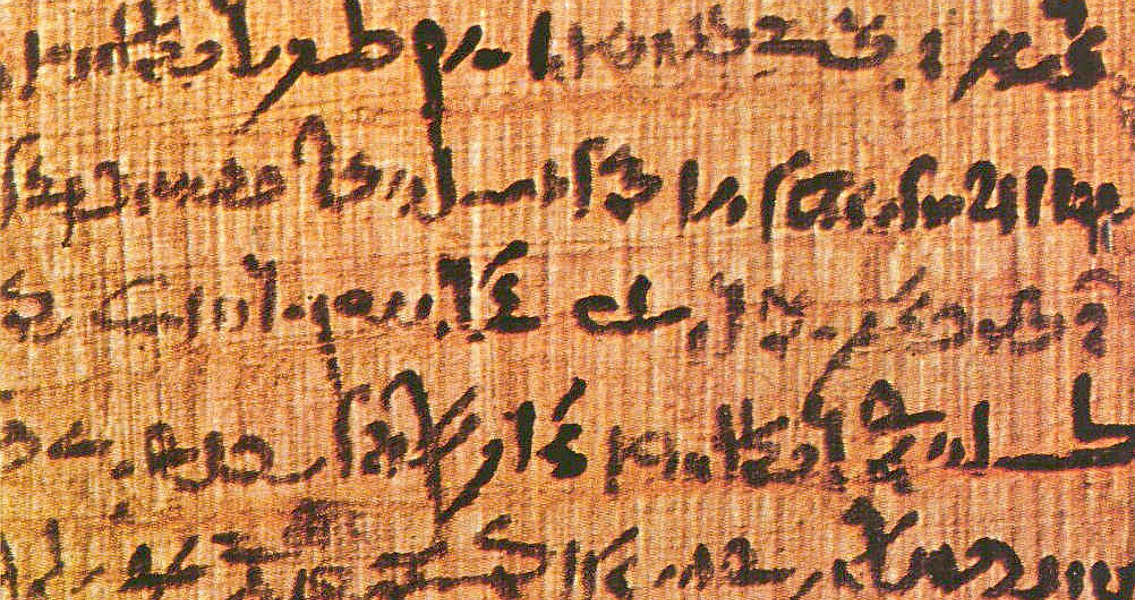<![CDATA[A collection of 30 papyri discovered in the town of Oxyrhynchus, in Upper Egypt, has been found to contain a treatment for hangovers featuring a garland of laurel leaves, as well as fragments of a description of radical eyelid surgery. The papyri are part of a huge collection of some 500,000 texts found in the ancient town a century ago. Since then, scientists have been working on translating them from the ancient Greek they were originally written in. The information that could be deciphered from the medical papyri was collected into a single volume that has been published recently, and includes treatments for health problems ranging from hemorrhoids to ulcers, to toothache. The recipe for the hangover cure recommends making a garland from the leaves of the Alexandrian chamaedaphne, a member of the laurel family, and wearing it around the neck. The same was also prescribed for other kinds of headache. According to researchers, it is possible that the Egyptians who lived 1,900 years ago were influenced by “The Herbal”, a book by the Greek physician Discorides. In it, Discorides recommended crushing the leaves of the Alexandrian chamaedaphne and applying them to the forehead as a cure for headaches, and adding them to wine to treat gripes. It should come as no wonder there was such strong influence from Greek culture and medicine on Egyptian practices - Oxyrhynchus became a Greek town after Alexander the Great conquered Egypt in 332 BCE. The conquest was followed by the establishment of the Ptolemaic dynasty, whose most famous ruler was Cleopatra, and Oxyrhynchus became one of the largest and most prosperous cities in Egypt. Nowadays it is considered one of the most important archaeological sites in the region, with the 500,000 papyri found in 1915 by Arthur Hunt and Bernard Grenfell containing a wealth of information about the Ptolemaic as well as the Roman period of Egypt’s history. While it can be said with a high degree of certainty that a laurel garland around the neck would not be able to cure a hangover, at least it would not have worsened the condition of the sufferer. Other cures described in the papyri, however, sound both dangerous and painful. For instance, a recipe for the treatment of infections causing mucous discharges from the eye. This treatment, called collyrium, contained copper flakes and white lead, as well as lead dross - a by-product of smelting that contains elements such as antimony and arsenic - plus things like poppy juice, starch, gum Arabic, dried rose petals, and rainwater. There is also a fragmentary description of surgery that was supposed to fix an everted eyelid, a congenital condition in which the upper or lower eyelid is twisted, so its inside sticks out. The translation, done by Cambridge University’s Marguerite Hirt, includes references to a round-bladed knife, the temple of the patient, and “scooping out”, as quoted by Ancient Origins. perhaps it is better for the faint-hearted that the description of the treatment did not survive in full. ]]>
Egyptians Treated Hangover with Laurel 1,900 Years Ago
